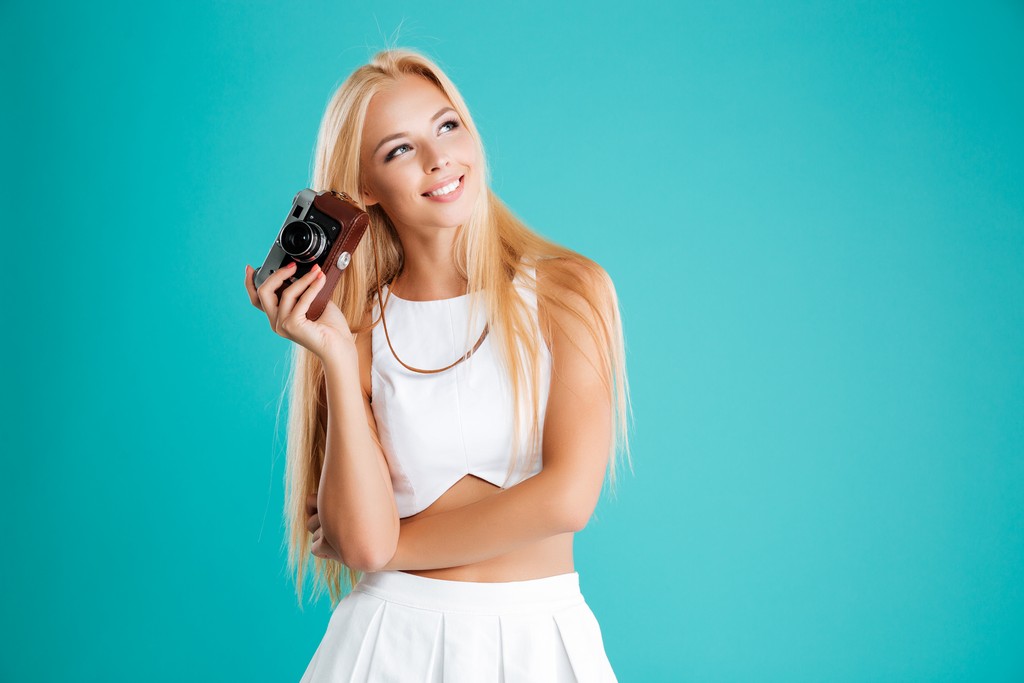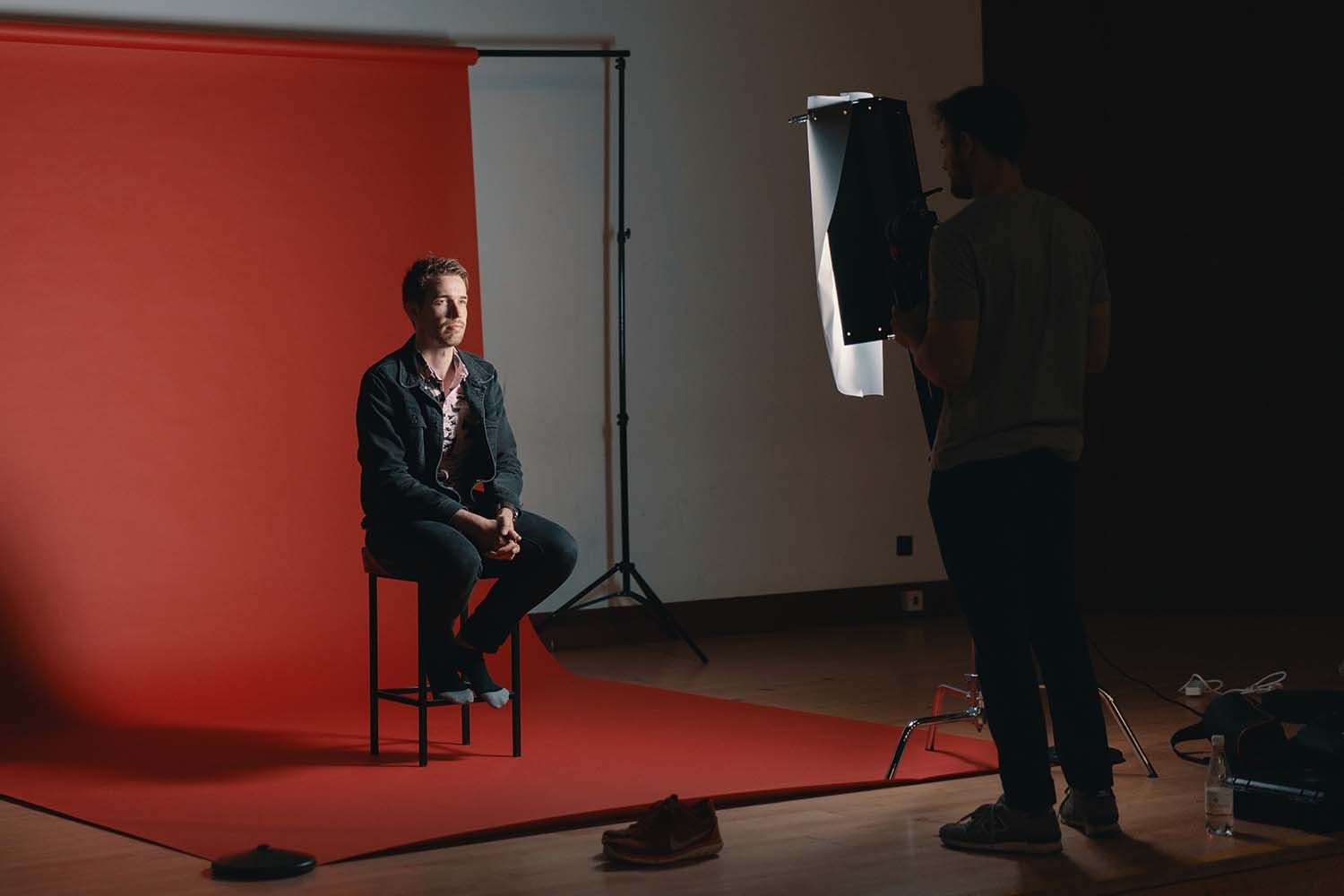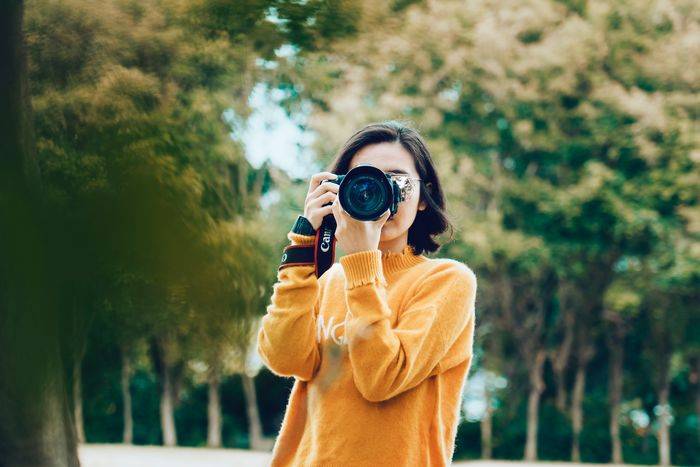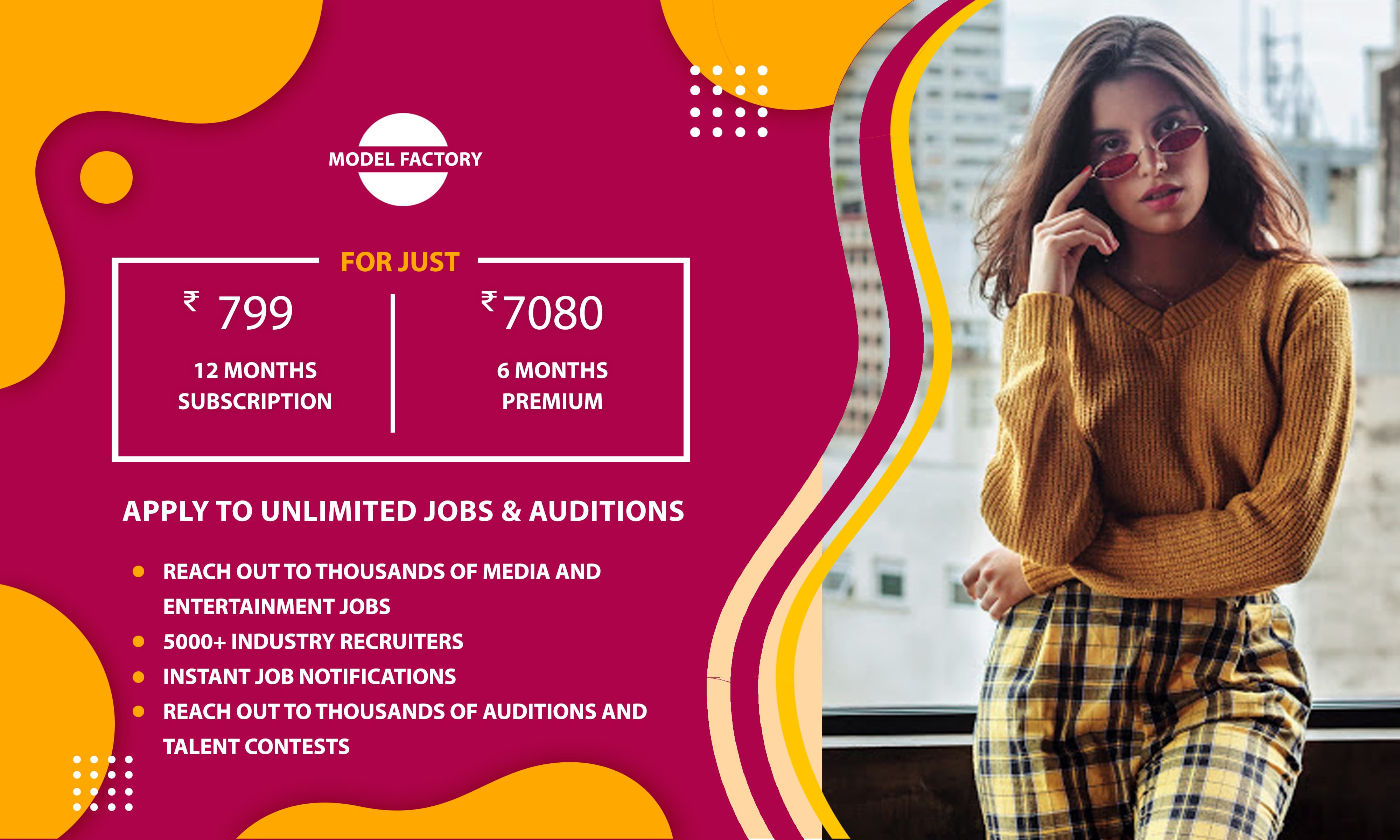What Do You Need for a Photo Shoot? | Model Factory
- 26 Apr 2021
- Models
1) Idea or a Concept
Odds are, if you are in the creative field, there are many ideas that go bad through your creative mind. If you don't write them within 15-30 seconds (I know it will take longer to write the whole thing below), then it will all be forgotten. After all, what harm it can do to write something down, even if you never see it again. What you have written by luck or by your constant nature can be something beautiful. I would recommend you to keep a little black book of thoughts. Move it around, and as inspiration, enter your thoughts. Leave some space between each entry so that you can come back and add more notes to it. Sketch, draw, underline, dream about it. Be jealous of the idea of making it. Push yourself and keep reminding yourself that you can do it no matter how hard it looks. I promise, it gets easier and it gets a lot better. When you feel that your plot is more or less ready, go to the next step.
2) Equipment, Location and Timing
For the production you are planning, you can use minimal equipment or you can have a studio full of crazy gadgets to lighten your work area and provide flexibility to achieve your goal. Many commercial photographers rely on simple sunlight as the main light source and occasionally add reflectors (a detailed post about using reflectors is coming from John!). No matter where you shoot, always be sure to research the area you intend to use as the background for your photos. Many locations around you may require a permit to use their premises.
Any place can be useful as long as it connects with your idea and your concept. You can use your garage with a couple of simple lights, a fabric backdrop or a paper backdrop, which are not going to cost you an arm and a leg. You have already got yourself a fancy camera, it does not cost too much to invest in some lighting equipment. You can manage with "homemade" devices as long as you know what you're doing until you're ready to build a serious studio. In a studio environment where ambient light is virtually non-existent, you can control and manipulate the process with some artificial lights that can be purchased inexpensively at your local hardware store.
However, if you decide to be photographed outdoors, then you should have one or two information about taking photos in a natural setting. Time and your situation are two big factors and if you choose wisely, you can have dramatic results even during the mid-day. However, I prefer to take a picture either early in the morning or later in the afternoon, when the ambient light is at its softest. The idea of a planned shoot is to be able to control everything. So, if this is what you are aiming for, then choose the time wisely and carry the tools that will help you in your task.
3) Models
Apart from a given idea or assignment, if you do not have a suiting model to show the work, then your entire project will fail. Just like in any big money-making industry, models matter a lot. As cliché or derogatory as it may sound to many people opposing the idea of "sex sells", it is still a fact. If your goal is to promote your work and build a solid portfolio, then one of your choices is to pay for models who work in the modeling industry. It is absolutely true that models do not come cheap.
Hey, girls need to eat too! Also, the agencies claim their share of the pie. If the girl / boy you found is affiliated with modeling agencies, keep in mind that there are substantial restrictions for their model, including the photos you are about to take. My advice to you is to thoroughly research everything before going on a journey to hire a model. Call, walk-in, browse through the modeling agency's catalog. When you pay for a model through an agency, you are guaranteed a model for the photo shoot that you are planning and the restrictions are not so hard because you are paying their time.
You have some other options in your search for talent. One of them is establishing a good relationship with local talent / model agencies to provide their upcoming / new model photos for free. This is clearly a two way street and it can work well if you can use photos in more model portfolios. Don't worry, you're not taking photographs from the photographers that the agency works with, because those photographers are paid to take pictures of established models for commercial gigs. Keep in mind that the above restrictions still apply a lot. This is good for models that are just starting out and don't have a good portfolio to back them up, so it would be mutually beneficial.
Before using the "free portfolio" suggestion, make sure you have something to offer to the agency. For your consideration, you have to prove to that agency that you are competent. While agencies may entertain the idea of including you, they will make sure that you have some pictures that you can show. This kind of purpose beats and puts us in square one, right? Do not sweat and keep the above idea as Plan B.
Your Plan A, considering that you don't have a budget, you should be scouting for talent around you. With social media being such a big part of our lives right now, there will always be someone who marries someone and fits the bill. Contact them and tell them what you can offer. If you cannot pay, you can present photos for their use. Explain your terms and plan to sign a model release (more on this later).
4) Crew
This is no less important when creating any work of art. The crew you choose must fully understand the task and be able to fully collaborate on set. If you are photographed for a large print advertisement, you may have a larger budget. If you are doing something just for yourself (like I often do to motivate and work for myself), then you can set your own budget and buy the best fish for your buck. That being said, there will always be people who will be willing to work for their portfolio to take fresh photos. Mostly, you can find them among the starter-upper, which require more exposure.
So, who is the crew? We are taking about makeup artists, wardrobe stylists, hair stylists, set designers and more. Your crew may be too large or it may be minimal. If you are just getting started, you can do all this by yourself or with the help of your close friends or family, who support your passion very much. If you need to make a costume, first consider your arsenal of clothing, Halloween costumes, thrift stores and rental locations. Scout and hoard everything that can be useful. This may take some time, but always remember that Rome was not built overnight.
Find clubs, groups of people with similar passions and become members based on the type of photography you are doing. See what they are saying about industry creatives and look for people who are willing to work with you. If it is a paid gig you are planning, then everyone will get paid and other vendors will welcome the idea of working with you.
However, it is very difficult to find vendors who will be willing to work with you for free. Unless it is a collaborative and creative work, vendors will get great photos for their portfolio, which can be very difficult and difficult to include. If you are a hotshot photographer and everyone dreams of working with you, then you are the son of a lucky gunman. If not, well, initially a lot of work by myself. Don't get me wrong, even amazing photographers started out somewhere and most of them still work on their sets and create amazing things. But any help you can get from outside will make your work very easy. Be patient and get to know your peers. Look out for vendors who are starting out and want to work with photographers to highlight their work and add some juice to their portfolio. If you do a good job, they will come back for more.
5) Post Processing and Presentation
Post processing is one of the largest parts of photo production. You can hate it or love it. still have to do it. The minimum or maximum participation for post processing will depend on your consideration for the final product. Post processing is also very unique to you and will give a predefined recognition to your photos.
A style takes time to develop and can vary from one production to another. If work is being done for a commercial customer, they will often tell you what they want. If the work is for yourself, then you alone determine how to change your photos. Post production can be something different than something as simple as fixing white balance, for much more complex editing in Photoshop that would take hours for a picture. Everything is on you!
If you have any questions, please do not hesitate to contact me using the comment section below!
"Interested models click here to further information modelling profession."

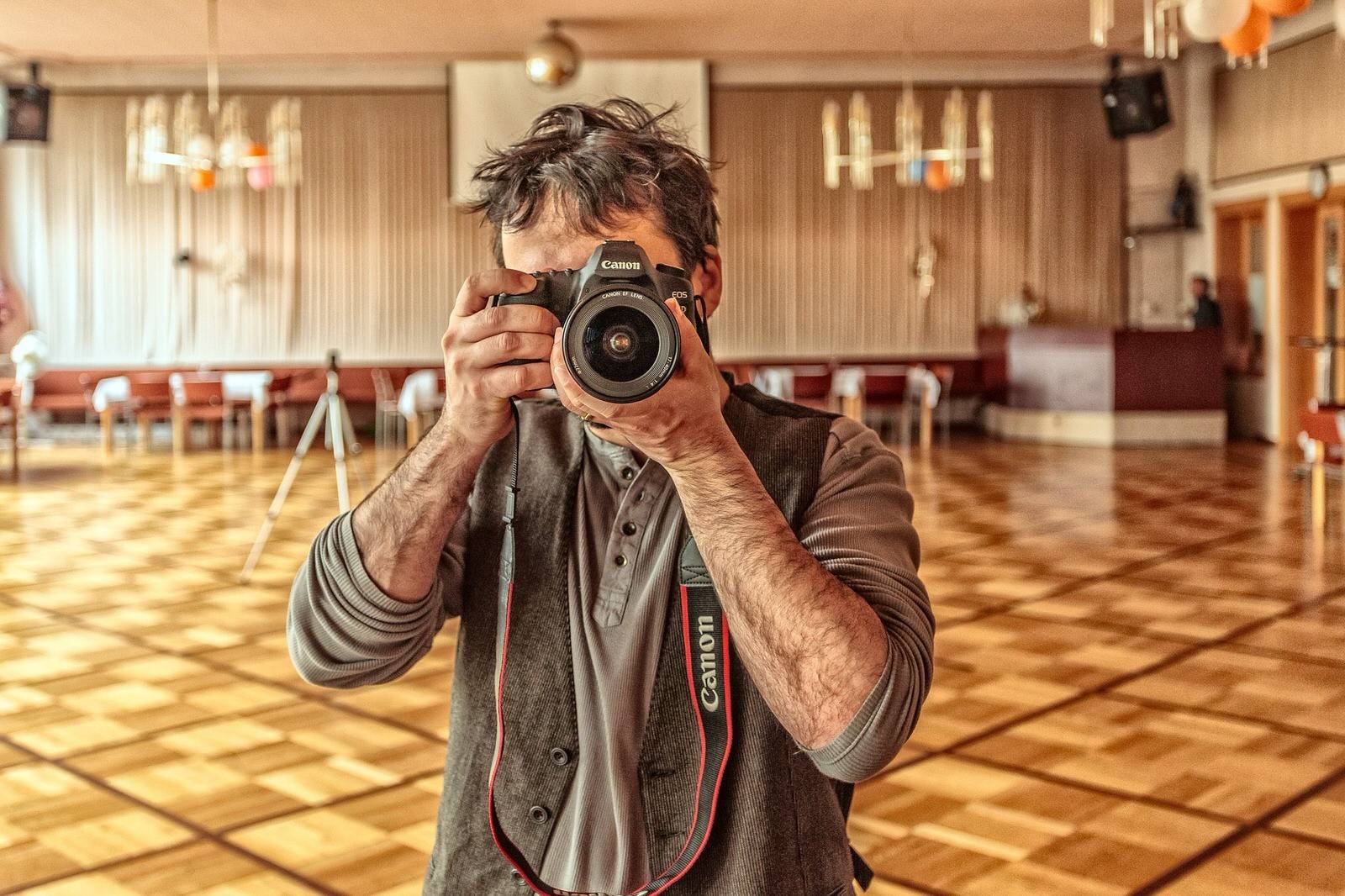
.jpg)

